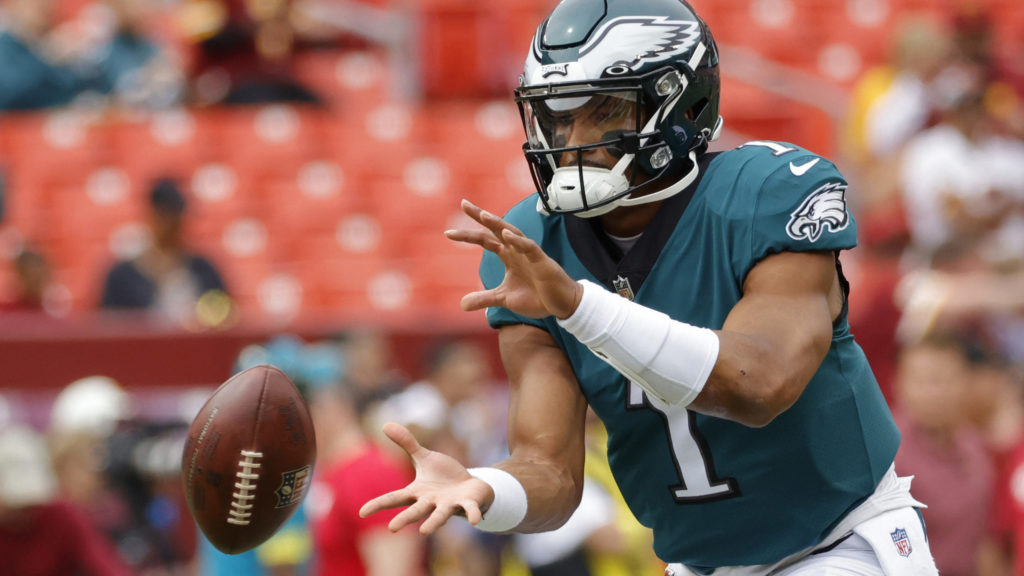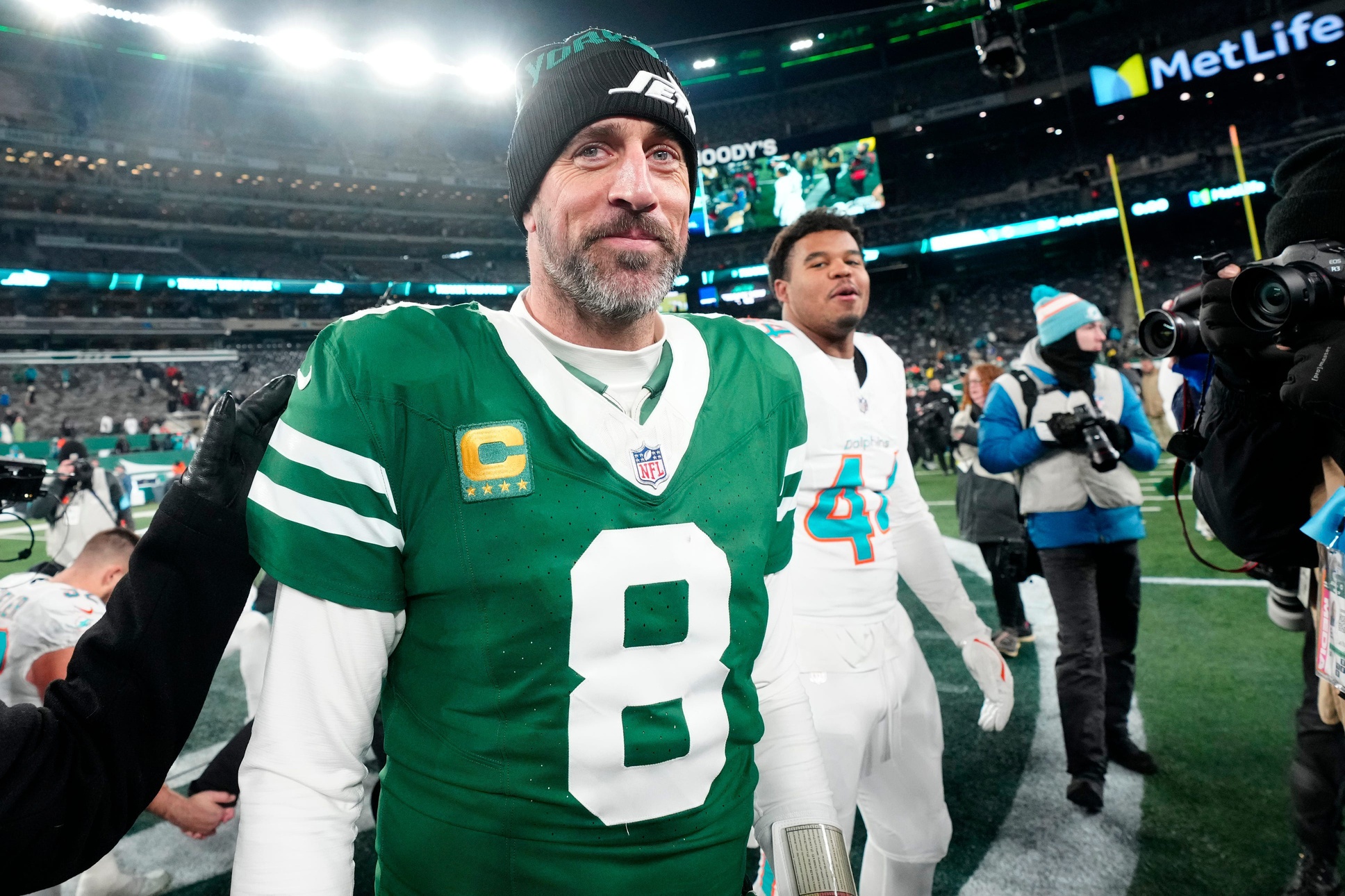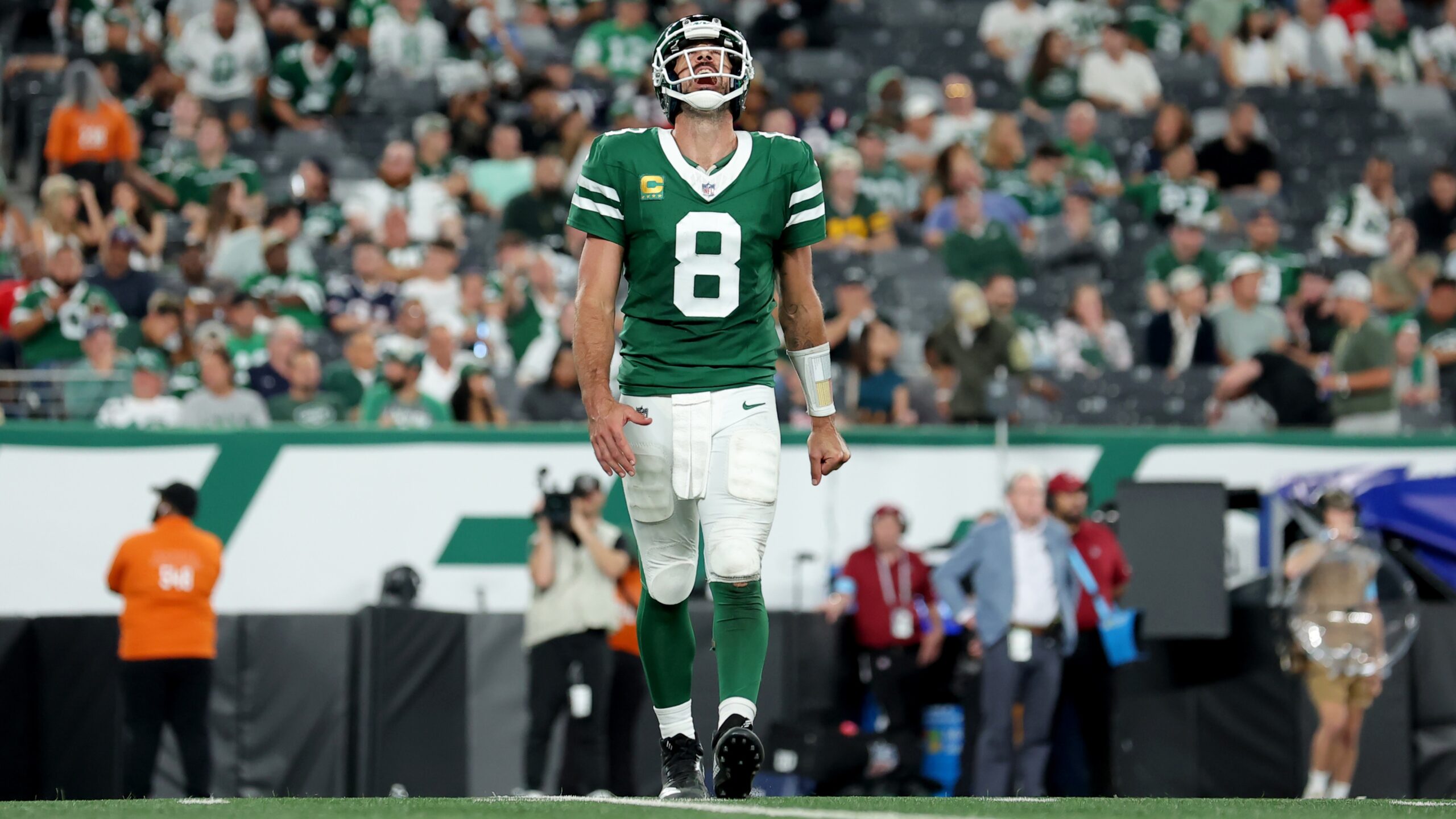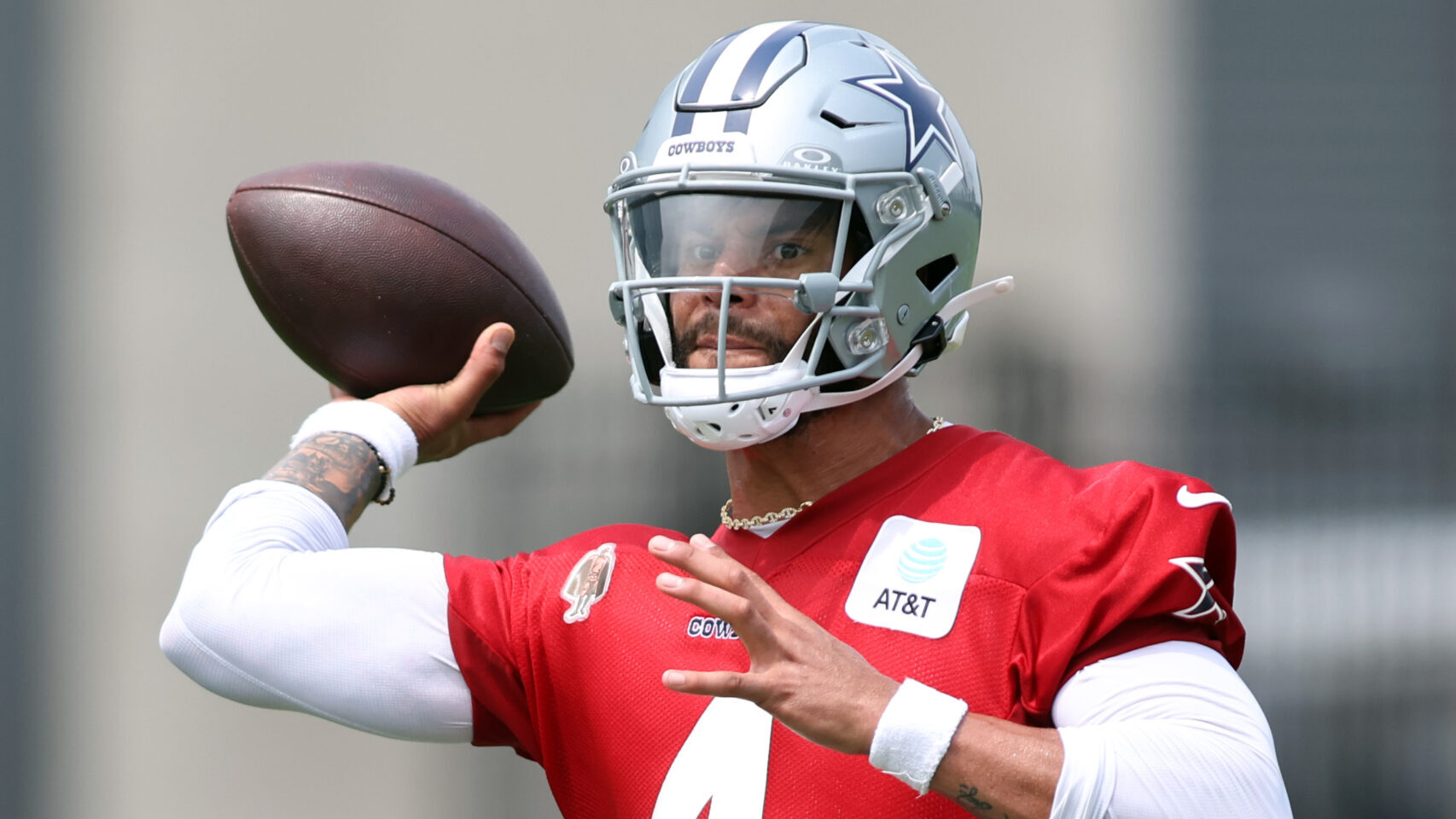Analysis
9/29/22
12 min read
NFL Teams Moving Out From Under Center, Riding Shotgun

Marty Mornhinweg is a child of the West Coast offense.
His first NFL job was as an offensive assistant on Mike Holmgren's staff in Green Bay. He later spent four years as the offensive coordinator and quarterbacks coach for Steve Mariucci in San Francisco, and later, 10 more with Andy Reid in Philadelphia. Holmgren, Mariucci and Reid all were disciples of the father of the West Coast offense, Bill Walsh.
"The West Coast was always under center," said Mornhinweg, an analyst for The 33rd Team. "We would typically try a shotgun snap or two or five or 10 during training camp. But [after] the first bad snap, it was out."
"A lot of the old West Coast offense guys were big on footwork, footwork, footwork," said Rich Gannon, an analyst for The 33rd Team who spent 15 years as an NFL quarterback, much of it in West Coast offensive systems in Kansas City with Paul Hackett and in Oakland with Jon Gruden. "Three-step drop, five-step drop, seven-step drop. And they wanted you to work under center. Look at Joe Montana. He was hardly ever in the gun."
Shotgun Use Soaring
Times definitely have changed. Last season, 66 percent of the offensive snaps in the NFL were out of shotgun, according to data compiled by Sports Info Solutions. Shotgun use has jumped nearly 30 percent since 2009.
The shotgun formation was devised by San Francisco 49ers coach Red Hickey in 1960. Over the next five decades, every team has used it to some degree, but not as heavily as it's being used in the league now.
"We used it when I was with the Eagles (1976-81) because of the Cowboys pass rush," Hall of Fame coach Dick Vermeil said. "They had "Too Tall" Jones and Harvey Martin. They could get as deep as the quarterback got in his drop as quickly as he did. So I felt that by going to the shotgun, it would give [the quarterback] a split-second more to evaluate the situation."
"Things have really turned around," Mornhinweg said. "A long time ago, you might've had a center or a quarterback who had never been in the shotgun. Now, it's the other way around. You get a lot of high school and college quarterbacks who've never been under center.
"I'll watch a high school or college game now. The game will pretty much be over and the offense is running the victory offense. They're kneeling with the ball and they're still running shotgun.
"Centers and quarterbacks have done so many shotgun snaps that it has minimized what so many old-school coaches were concerned about, which was bad snaps and fumbles."
Shotgun Numbers
Twenty-three of the league's 32 teams used shotgun 60 percent of the time or more last year. Eleven teams used it 70 percent or more.
Just three teams – the New England Patriots (47 percent) and the Tennessee Titans and Minnesota Vikings (both 45 percent) used shotgun less than half the time in 2021. Through the first three weeks this season, just one team – the Detroit Lions – is under 50 percent in shotgun use (48).
"All of the coaches from (Mike) Shanahan's system, they still put the quarterback under center a lot for the play-action game," said NFL Network analyst Brian Baldinger, who spent 13 years as an NFL offensive linemen. "But all of these other teams, they're in the gun. Because [the quarterback] can just see more. They can see the backside. They can see the field a little bit better. I think the vision for the quarterback is a big reason for the explosion of the shotgun."
The Baltimore Ravens led the NFL in shotgun use last season, using it a whopping 95 percent of the time with Lamar Jackson. The Arizona Cardinals were second at 91 percent. The Eagles and Miami Dolphins were tied for third at 83 percent, and the Chiefs and West Coast-disciple Reid were fifth at 79 percent. It's not a coincidence that most of those teams have mobile quarterbacks.
"The game has evolved," Gannon said. "Colleges went to wide-open attack style offenses. Then we've got quarterbacks like Lamar Jackson who are probably much better from the gun than they are from under center. They seldom did it in college, so why would you make them do it in the NFL?
"Teams generally adjust their offense based on who they draft. Well, if you're the Ravens and you drafted a kid like Lamar, I don't know that it makes a whole lot of sense to stick him under center a bunch. Because that's not where he's comfortable."
70 Percent a 'Good' Number
"Most good NFL teams are still under center a certain percentage of the time," Mornhinweg said. "Early on, it would be 70 [percent] under center and 30 in the gun. Now, it's the other way around, or even more than that because there are so many advantages to it.
"The game keeps changing, but right now, I think 70 percent in the gun is a real good number."
Mornhinweg started coming around to the benefits of the shotgun in the late '90s when he was the 49ers' offensive coordinator and the team signed Jeff Garcia out of the CFL. In his second year with the Niners, Garcia finished second in the league in touchdown passes (31), passing yards (4,278) and interception percentage (1.8).
"When I was the quarterbacks coach in Green Bay (1996), I talked to Brett (Favre) about [using the shotgun]," Mornhinweg said. "He wasn't against it. We discussed the positives and the negatives. He utilized it later in his career, but we didn't end up using it much when I was there.
"When I went to the 49ers with Steve Young, he did not — absolutely did not — feel comfortable doing it. When Steve got hurt (in 1999) and Jeff got a chance to play, I was sort of personally adamant that the shotgun could help him get to where he wanted to go and help the offense."
Early Concerns
Early on, many coaches were reluctant to use the shotgun because of the risk of bad snaps and fumbles, and also the fact that the quarterback had to lower his eyes to receive the snap.
"In the shotgun, you actually have to catch the ball first," Mornhinweg said. "So, for a brief millisecond, your eyes come down.
"Coaches were a little concerned about that. But the great shotgun quarterbacks like Aaron Rodgers, he catches the ball one-handed and his eyes still are downfield as the ball is coming to him. They're catching the football with their peripheral vision and still seeing everything they need to see down the field."
The shotgun clearly is here to stay. The question is whether the under-center snap might eventually go the way of the dinosaur.
"I think the good teams do both," Gannon said. "If you watch the really good teams, you'll see (Patrick) Mahomes and Rodgers be under center and in the gun. They'll change it up. Sometimes they'll throw the quick game from under center. Sometimes they'll throw it from the gun.
"You don't always want to be under center when you throw the quick game because then everybody will be looking for it when you're under center."
The 3-0 Eagles' use of the shotgun has increased from 83 percent last year to 87 percent in the first three weeks of this season. Only the Cardinals, at 95 percent, have used the shotgun more in September.
When Eagles quarterback Jalen Hurts is under center, it's a safe bet that the play is going to be a run. Just two of the 28 plays the Eagles have run from under center in their first three games have been pass plays.
Pros and Cons
"There's obviously a place for it," said Dave Wannstedt, analyst for The 33rd Team who was a head coach with the Chicago Bears and Miami Dolphins, as well as at the University of Pittsburgh. "If you're going to throw the ball and you can already have your linemen in a two-point stance and your quarterback can be set in the spot where he's going to be setting up and throwing from, he can make quicker decisions. He can see the whole field quicker. And he can get the ball out quicker.
"All of that makes perfect sense to me. That said, I also think you lose an awful lot by being in the shotgun. I used both when I was a head coach. But when we got into short-yardage, when we got into goal-line, when we got in certain situations on the field, I wanted to make sure we were under center. I just felt I had more run plays that we could run effectively with the quarterback under center, and still be able to throw the ball.
"The play-fakes you see teams use out of shotgun, I always felt they didn't do much of anything to affect the defense. Back in the day, Peyton Manning and some of those guys with their play-fakes to the tailback [from under center], it would freeze a defense."
Gannon feels one of the problems with the shotgun is that it limits what you can do in the run game.
"If you're in the gun and the back is offset (alongside the quarterback) or behind him in pistol, it limits the runs you can do," he said. "If you talk to any running back, any really good back, they'd ideally like to head downhill and be able to see it all. Well, if you have a quarterback in front of you, you can't do that.
"If the running back is offset to the right, there's only a handful of things you can do with him. Whereas, if you're under center and have a fullback in the game, you can toss it right or left. You can run power right or power left. You can be more balanced with your running game and have more options and more variety."
Running Back's Preference
If you talk to an NFL running back, most of them will tell you they prefer to run from under center rather than shotgun.
"The backs that I've been involved with – Ricky Williams, Dion Lewis, LeSean McCoy — they always liked running it from under center," Wannstedt said. "With their vision, they always talked about the opportunities to read the defense and make a cut."
Said Baldinger: "I've talked to a lot of running backs about it. If a running back is in either the pistol formation behind you or next to you [in the shotgun], he's a point-of-entry back. If the quarterback is under center and the running back is 8 yards deep like, say, [the Browns'] Nick Chubb, he's got 8 yards to really press the hole before he discovers where the hole is at.
"He has so much more time to kind of decide where the hole is going to be, where the daylight is going to be. He has more time to build up his speed and power before he hits the hole.
"When you have to take that handoff from the quarterback [out of the shotgun], you're basically going where the quarterback is telling you to go. It's hard to make a cutback if you're going from the right to the left and the quarterback is putting the ball in your belly."
[bc_video video_id="6312721253112" account_id="6312875271001" player_id="JSO3LqQ82" embed="in-page" padding_top="56%" autoplay="" min_width="0px" playsinline="playsinline" picture_in_picture="" language_detection="" max_width="640px" mute="" width="100%" height="100%" aspect_ratio="16:9" sizing="responsive" ]
‘Wicked Good'
Mornhinweg disagrees with those who feel the shotgun limits the run game.
"There are some wicked, good things about running the football out of the shotgun," he said. "Because of the angles and the read-option game.
"Most of the run game — not all, but most of it — you can do out of the shotgun. Some of it is even a little bit better out of the gun. And then you get into the read-options and RPOs. No NFL team is going to run the read-option from under center."
As the use of the shotgun continues to increase, more and more teams, for better or worse, are even starting to rely on it in short-yardage and goal-line situations.
"You see these teams now on the 1-yard line or half-yard line and they snap the ball back 5 yards in the gun and they hand it off or the quarterback runs it up inside," Gannon said. "It drives me crazy."
Lack of Confidence
Wannstedt thinks a big reason for that might be that coaches don't have a lot of confidence in their power run game because they don't practice it enough or use it much.
"When I was coaching, we used to go full-speed [in practice]," he said. "Big man on big man. That was part of the physicality of playing offensive and defensive line. Putting your hand in the dirt and knocking somebody off the ball.
"To be good at it, you have to practice that. And you have to be committed to that. Not long ago, that was part of the way of life in the NFL. Everybody worked on it. You practiced it. You did it. So you felt confident with it. But the practice restrictions on contact have impacted that.
"Now, I'm convinced offensive coordinators and offensive line coaches just aren't confident on the 2-yard line putting their hand in the ground and knocking some big defensive lineman off the ball. They're saying we don't do it enough. We don't practice enough.
"Nothing is worse for an offensive line coach than to be on the goal line and have their guy get knocked backward into the backfield and you lose the game. Nothing is more frustrating and embarrassing than that. So, I can see where an offensive line coach would say, 'Let's do our normal stuff. Let's just do what we do all the time.'"
WATCH MORE: Eddie George's Top 5 RBs Right Now
[bc_video video_id="6313033097112" account_id="6312875271001" player_id="JSO3LqQ82" embed="in-page" padding_top="56%" autoplay="" min_width="0px" playsinline="playsinline" picture_in_picture="" language_detection="" max_width="640px" mute="" width="100%" height="100%" aspect_ratio="16:9" sizing="responsive" ]










